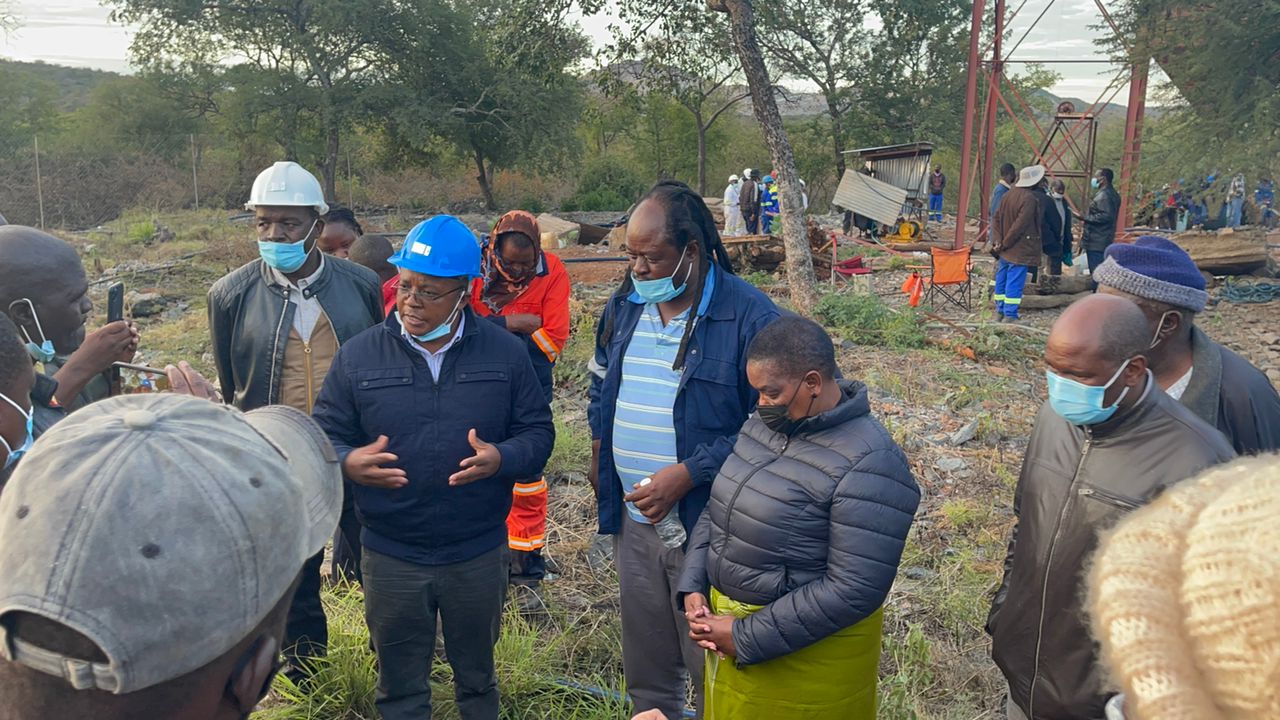Midlands Province and Matabeleland South Province have emerged as the regions with the highest number of accidents and fatalities in 2023. Together, they accounted for 40.5% of the total fatalities and 41.5% of the accidents reported nationwide. This data highlights the urgent need for improved safety measures in these areas.
In total, the two provinces recorded 96 fatalities out of the country’s total of 237, as well as 88 accidents out of the national count of 212. Midlands Province had the highest number of accidents, with 48 incidents, while Matabeleland South recorded 40 accidents. Both provinces also reported 48 fatalities each during the year.
Mashonaland East and Mashonaland West followed closely in third and fourth place, respectively. Mashonaland East reported 39 fatalities from 39 accidents, while Mashonaland West recorded 34 fatalities from 34 accidents. Mashonaland Central and Manicaland ranked fifth and sixth, with Mashonaland Central reporting 26 fatalities from 20 accidents, and Manicaland recording 20 fatalities from 18 accidents.
Meanwhile, Matabeleland North had the second-lowest number of accidents, with 12 incidents resulting in 18 fatalities. Masvingo Province recorded the least number of accidents, with only 4 incidents resulting in 4 fatalities.
Official figures from previous years show a concerning trend. In 2019, there were 116 accidents resulting in 182 fatalities. In 2020, the number of accidents increased to 158, but the fatalities decreased to 161. In 2021, there were 121 accidents resulting in 139 fatalities. Finally, in 2022, there were 170 accidents resulting in 185 fatalities. These statistics demonstrate the persistent nature of mining accidents and the urgent need for improved safety practices.
Speaking at the Mine Rescue Association of Zimbabwe (MRAZ) national competitions at Mimosa Mine last year, Shepherd Dhliwayo, the Principal Inspector of Mines and Explosives at the Ministry of Mines and Mining Development, highlighted the alarming rate of mining-related deaths. He revealed that, on average, one miner dies every week, with 83% of these incidents occurring in non-chamber of mines-affiliated operations, primarily in the artisanal and small-scale mining sector.
Dhliwayo emphasized the importance of establishing provincial rescue teams within the Zimbabwe Miners Federation (ZMF) to participate in national competitions and regional exercises organized by the MRAZ. By doing so, the artisanal and small-scale miners can better understand the significance of safety measures and emergency preparedness.
He stated, “Our statistics indicate that the majority of these accidents (83%) occur in the non-chamber affiliated mines category, that is to say mostly in the artisanal and small-scale mining sector. This can be attributed to various factors, including the lack of a platform that enhances mine rescue emergency preparedness. Let us encourage the participation of these miners in mine rescue competitions to cultivate a culture of safety within their operations. I urge the ZMF to establish and enlist provincial rescue teams in future competitions. Through a coordinated and cohesive effort, we can achieve our shared vision of zero accidents in all mines in Zimbabwe.”
Dhliwayo also mentioned that his office has been conducting awareness campaigns with small-scale miners nationwide. As a result, these miners have started receiving first aid training with the assistance of the School of Mines. In Matabeleland and Midlands, there is already a pilot project in place to address safety concerns.
Concluding his remarks, Dhliwayo stressed that the high number of accidents in the mining industry is unacceptable. He called for safety to be prioritized by the entire workforce, emphasizing the need to establish a zero-accident potential for all miners in Zimbabwe.
These alarming statistics serve as a wake-up call for the mining industry, urging stakeholders to work together to improve safety standards and prevent further loss of life. It is crucial to prioritize the well-being of miners and ensure that every effort is made to create a safe working environment for all.
.png)




